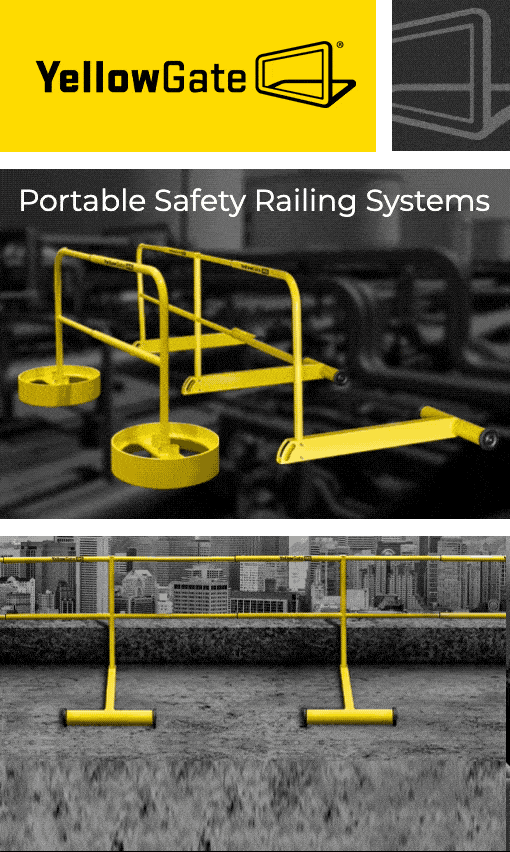The safety of the staff, public, volunteers, and contractors is of paramount importance during an event. And event organizers are responsible for ensuring the security of everyone. For this purpose, most organizers use different public safety solutions, such as crowd control barriers. In this article, we are going to talk about six steps to implementing a safe and effective strategy for crowd management.
- Create a Plan
Having a solid plan is important if safety is the goal. When drafting your safety plan, consider the needs and opinions of constituents inside and outside your organization such as:
- Team leaders and department heads
- Contractors hired for the event
- Local transport providers
- Emergency service providers
- Local authorities
- Venue Management
- Neighboring businesses
- Attendees
- Understand Your Crowd
Based on the type of event and the size of the venue, estimating your attendance will be crucial. Advanced ticket sales are an excellent idea and can make safety planning much easier. Make sure the venue has enough capacity for your anticipated attendance. If you think that the event may exceed capacity, you will need a strategy to deal with the situation. The site you have chosen should be prepared to accommodate accessibility for people of all ages and mobility capabilities.
- Assess Risk
Having a solid assessment of the potential risks, such as bomb threats, fire, weather, or malfunctioning equipment is also important. Although it’s not easy to predict potential risks, keep in mind that the unpredictable behavior of a large crowd can be problematic. For example, surging and swaying may turn into trampling and crushing. Therefore, it’s important to find ways to manage the movement of the crowd in the venue.
Based on the event layout, be sure to:
- Have a solid entry process
- Install plastic or concrete crowd control barriers for keeping vehicles and pedestrians separate
- Install fences to keep the emergency routes accessible
- Make sure all the walkways are well-lit
- Keep people moving safely through turnstiles, gates, narrowing corridors and stairs
- Have adequate staff to supervise entry and exit points for safe movement
- Keep the common pathways clear and free from obstacles
- Crowd Communication
Based on the type of venue and event, choose the right medium to communicate clearly with guests. For instance, display signage with an LED board or a fixed notice to communicate important messages. The signs should be visible from a distance so that the guests don’t have to stop to read the signage. Guests should also be able to access maps so that they can choose the best routes to reach the venue. These routes should be marked out on the map clearly. A PA system can provide important information as well. If the venue is large, an information kiosk can be helpful as well.
- Team Communication
It’s vital that you have a solid system of communication for team members so that they can safely manage the crowds. For instance, you can use two-way radios, verbal messages, or telephone systems depending upon the size of the venue. For effective communication, a formal procedure for communicating vital information during the event in case of an emergency is essential. After all, you can’t send help if you don’t know the caller, their location or situation. To avoid confusion, you may want to have special names or codes. Also, when using two-way radios, one line should be reserved for emergencies only.
- Conduct a Review
After the event is over, don’t just pack and leave right away no matter what time of day it is. It’s important that you discuss how the event unfolded. This is as important as planning and management. Doing so right after the event is important as everything will be fresh in everyone’s mind. If all of the team members are not available, you can talk to those who are present.
All of this will help you find out approaches that may work great and the ones that can be improved. Make a note of important things so you can have a better event next time. So, these are the 6 steps you may want to follow if you want to have an effective strategy for crowd management. After all, you can’t compromise on the safety and security of your guests during the event.











